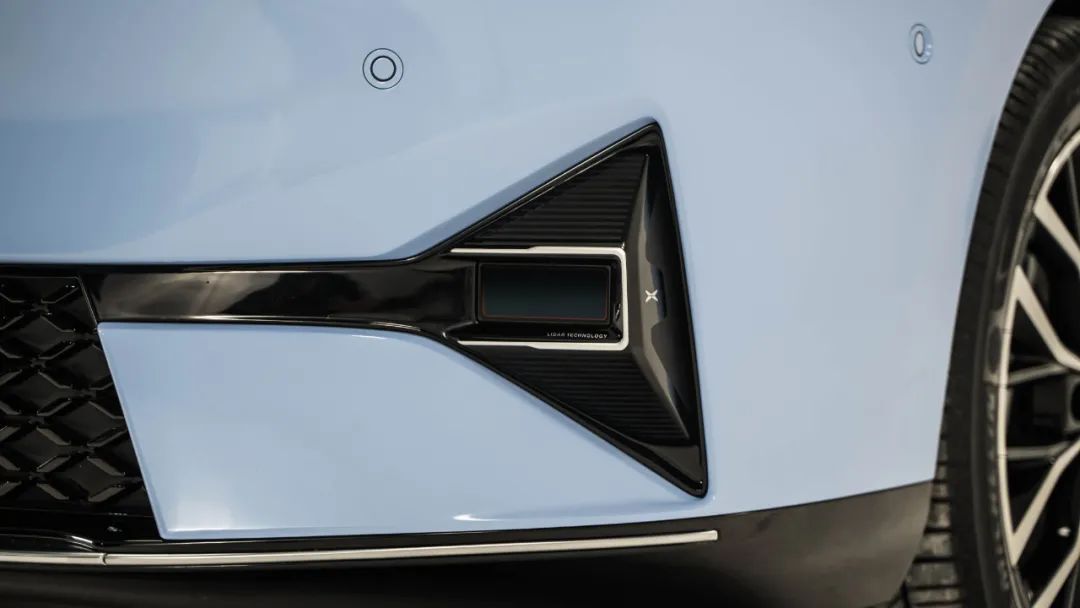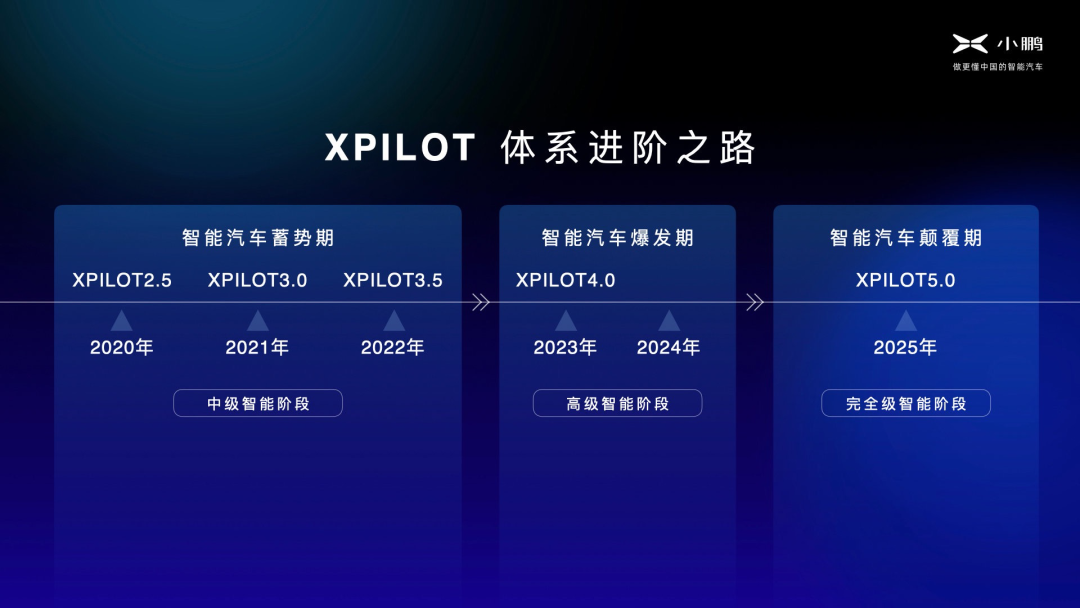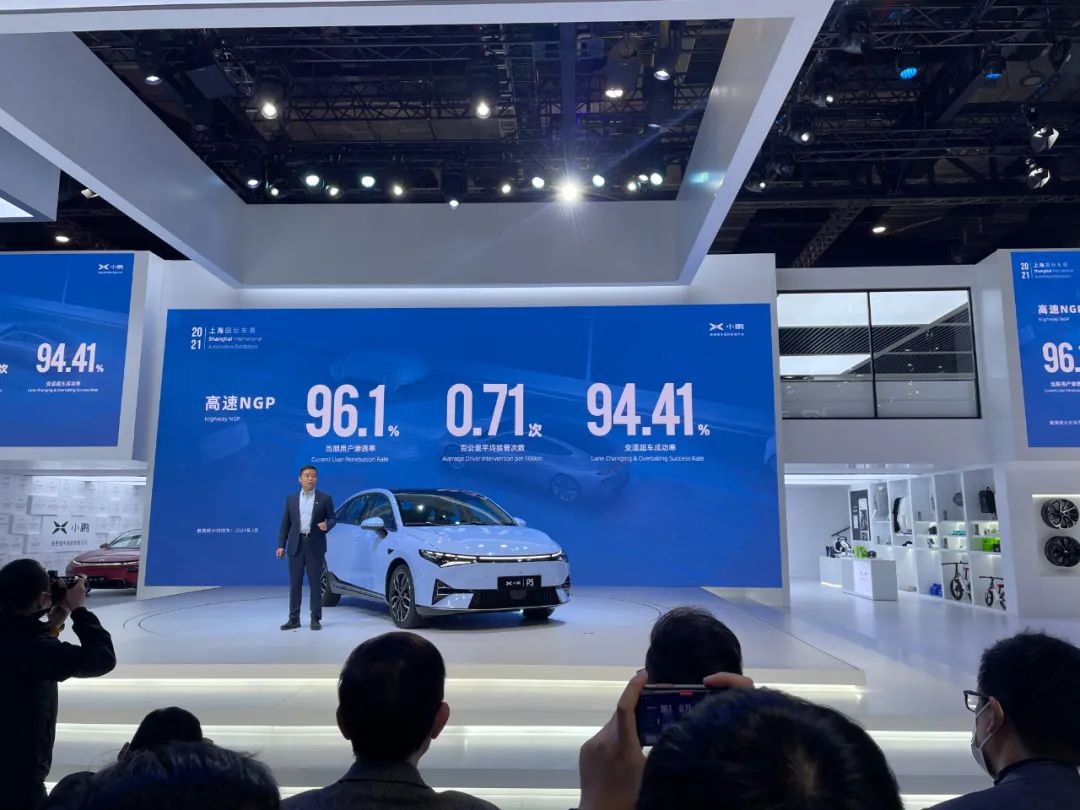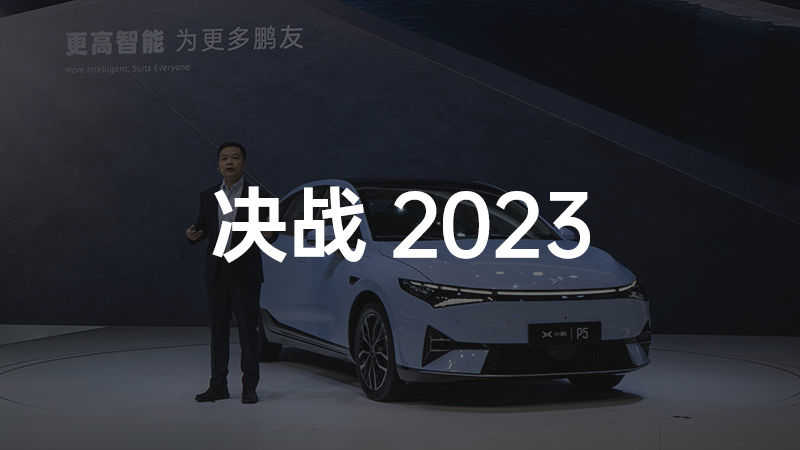Don’t Worry, XPeng’s Confidence Shows Despite His Interview
It’s undeniable that this year, top internet companies have made a high-profile entrance into the automobile industry—Apple’s frequent car-making news at the end of last year, Baidu’s official announcement to set up a smart car company on January 11th, OPPO’s display of patents in the car field in February, Lei Jun’s announcement of entering the car industry at Xiaomi’s press conference on March 30th, and Huawei’s self-driving solution experience opening to the public on April 15th, which stunned major media platforms for three days in a row.
It can be seen that since the beginning of this year, internet head companies have frequently entered the automobile industry, and traditional car enterprises have also blown the horn of transformation this year, launching products that truly belong to the new era.
For the new forces that have not yet firmly rooted in the automobile industry, they are undoubtedly being caught in a pincer between internet companies and traditional car enterprises. In the face of such a situation, how can new car-making forces maintain their sustained advantage?
Fortunately, we had a nearly one-hour communication with XPeng at the auto show. Although he did not reveal too much about the next car model plan during the interview, he shared a lot of views on the industry, including Huawei’s grand demonstration of urban self-driving technology, and his opinion on Xiaomi’s car-making plans. While answering these questions, he also revealed his opinion on the P5.
So, let’s start with the P5 first.
Why does a mid-range model use autonomous driving hardware that is even stronger than that of its flagship model?
On April 14th of this year, the XPeng P5 was officially unveiled as XPeng’s third car model. Although XPeng has not announced the price and detailed parameters of this car model, it is the younger brother of P7 based on the G3 David platform.
Although it is a younger brother model, it is not inferior to P7 in terms of intelligent hardware.Compared to P7, P5 adds two Livox customized lidars on the basis of P7. Thanks to the reinforcement of these two lidars for perception, P5 can achieve NGP (Navigating Guided Pilot) assisted driving on urban roads.

From this external perspective, it can be seen that “vehicle model planning” and “intelligence” are two parallel paths within XPeng. The model has its own rhythm, as does XPILOT & Xmart. Judging from the XPILOT progress announced at the 1024 Intelligent Day last year, if XPeng wants to land XPILOT 3.5 in 2022, it will inevitably need to launch models that support XPILOT 3.5 this year.

Therefore, strategically, it can be clearly felt that XPeng is a company that always adheres to the concept of intelligence as its core.In an interview, He XPeng mentioned that “last December, 10% of the new car sales in first-tier Chinese cities were smart electric vehicles, and in second and third-tier cities without license plate restrictions, smart electric vehicles are also gradually gaining momentum. This is a typical change. This change reminds me of the disruption caused by smartphones. Apple introduced smartphones, but it was cheap smartphones that really subverted the industry in China and changed many people’s lives. From another perspective, layout should be made in the high-end and mid-range markets, and P5 is a very good starting point in the mid to high-end market.”
In short, He XPeng defines this era as “the eve of the smart car explosion,” and P5 is both the fuse of the explosion and a car model with huge survival space after the explosion.
We won’t discuss whether this is really “the eve of the smart car explosion” or whether P5 can really cause an explosion, as no one can predict the future. From the growth curve, every point may be the time of the explosion.
Market changes are always difficult to predict. Today, let’s discuss a more practical and sensitive topic: what are XPeng Motors’ advantages if the smart car market explodes?
Huawei’s model is not a long-term solution
“This model was tried before when we were doing UC, and it ended very badly.”
This was He XPeng’s first response during the media interview at the car show when faced with the question “How do you view the cooperation model with Huawei?”
After testing Huawei’s ADS autonomous driving on April 15th, I have been thinking about a question: “Huawei’s capabilities now almost crush the top players in the L2 market. When it comes to mass production, it will definitely have a huge impact on the entire industry. So, do car companies that insist on full-stack self-research still have a survival space? Why not join Huawei for a win-win situation?”
After a brief thought, I was awakened by a colleague’s words.
“Joining Huawei is like handing over the operating system to others in the smartphone industry now. Everyone wants to be like Apple and control their core competitiveness.
In the interview, He XPeng also added three challenges regarding the cooperation model during the time of doing UC:
First, each partner has their own needs, and both sides need to continuously communicate and adapt. Over time, everyone will have unhappy points;
Second, price issues. In the Chinese internet industry, what eventually gained volume is free or very low fees. Android is basically free, and iOS charges a small amount of patent protection fees. If it is too expensive, the logic is not suitable for a platform. In a diversified field, a reasonable price must be found, and an unreasonable price has no lifecycle.
Third, there will be many barriers between both parties’ demand communication, and it is difficult to directly communicate with engineers, which is not conducive to realizing the best product experience.Cooperation has its drawbacks since the core competency can’t be fully controlled by any cooperating party, and many problems may arise in the process. According to He XPeng, cooperation with Huawei is a good short-term strategy, but it may not be suitable for the long term, unless XPeng Motors has enough strength to reach Huawei’s current level. If they can’t become Apple, being a maverick may lead to becoming Windows Phone.
The features of NGP in XPeng City are better than what Huawei currently sees.
If there is a sentence from He XPeng’s remarks from the interview that is the most forceful in response, it must be: “Our XPeng City NGP will have many features that are better than what Huawei sees today. We will share them at the P5 release conference.“
Before experiencing the actual results, I would put this kind of statement in the “satellite launch” category. Meanwhile, I still tried to find out some reasons why XPeng might be able to achieve it and our doubts.
Persistence in investment
Currently, the total number of employees in XPeng Motors is about 10,000, with nearly 2,000 R&D personnel related to intelligence. In addition, XPeng Motors invests more than 2 billion yuan each year in R&D, and the research on autonomous driving started as early as 7 years ago. Even in the early stage of the pandemic in 2020, when many automakers significantly reduced their workforce, the R&D budget of the autonomous driving department was not cut.
Based on the current performance, XPeng’s NGP high-speed navigation assistance function is the best among all delivered automakers.
More importantly, on April 17th, Tesla and Cao Guangzhi officially reached a settlement on the issue of stealing Tesla’s code. Regarding this matter, He XPeng also added in an interview: “The court compared Tesla’s code with ours and found that there was nothing wrong with it. We didn’t pay attention to this matter at all.”
By officially clarifying the relationship between XPeng’s AutoPilot code and Tesla’s, it indirectly proves XPeng Motors’ leading advantage in algorithms compared to domestic manufacturers.
30 Tops VS 400 Tops
What makes us doubt is that although the P5 has added two more laser radars as perception supplements, the computing chip is still Nvidia’s Xavier with only 30 Tops, while Huawei’s overall computing power for the ASD is as high as 400 Tops.
At the recent Huawei Communications Day event, Su Jing revealed that Huawei’s autonomous driving R&D team has as many as 2,000 people, including an algorithm team of 1,000 people, and the annual R&D investment is up to $1 billion.
In the face of this stark data comparison, XPeng’s NGP development for city roads does not seem as easy as He XPeng’s expressions during communication.
The Conclusion
Intelligence is the tagline for XPeng Motors. From the start of the G3, to the victory of the P7, and now to the persistence of the P5, the full stack self-research strategy can become XPeng’s moat in the future smart-car arena. However, Huawei’s entry also requires XPeng Motors to dig deeper and store more water.
In He XPeng’s view, although there are advanced automatic assisted driving functions, this year is not the first year of automatic driving, and there is still no truly mass-produced automatic driving functions yet. The real milestone will be 2023, and until then, everything is still at the forefront.During the interview, XPeng He also put forward a unique point of view. He believes that the first group of true autonomous driving users will be young people who do not have strong purchasing power. Just like how high-end communication customers are often low-end data users who spend a thousand yuan a month on phone bills without surfing the internet, while those who spend fifty yuan a month on phone bills surf the internet a lot. The more high-end customers are, the more interested they are in autonomous driving. And the more ultra-high-end customers are, the higher their demands for luxurious car brands and powerful driving experiences.
Therefore, being the first to incorporate NGP on urban roads, the P5 is XPeng’s new strategy for the new era. As for the effect, we will see the results in less than a year.
This article is a translation by ChatGPT of a Chinese report from 42HOW. If you have any questions about it, please email bd@42how.com.
